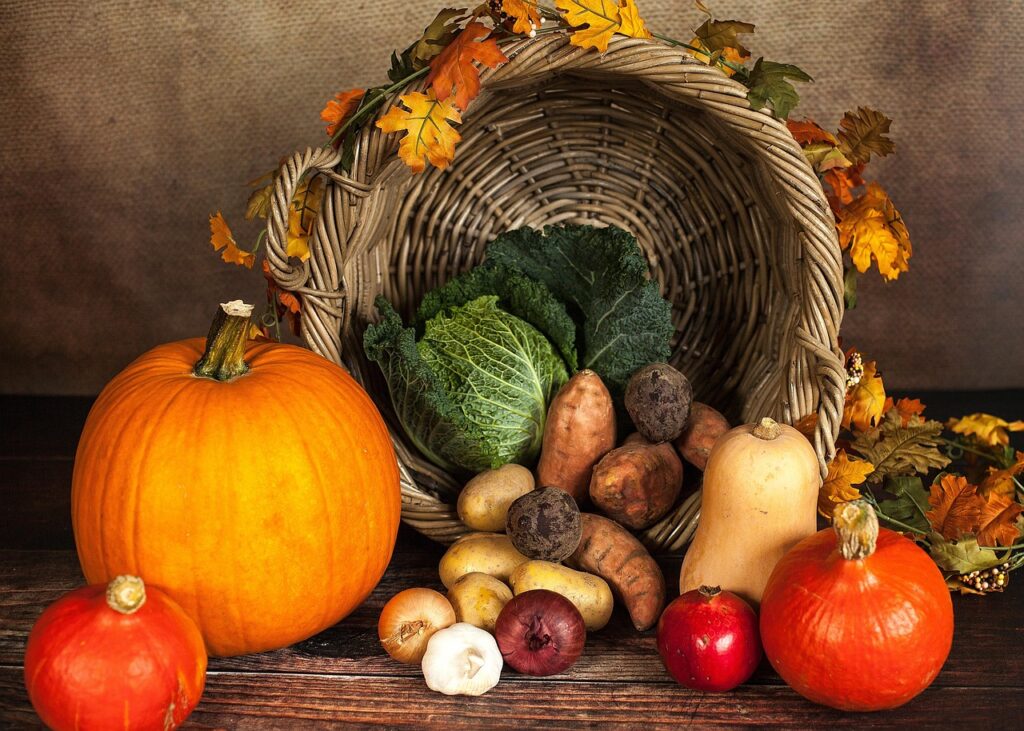Cost increases and staff shortages are hitting domestic agricultural goods traders. For the dealers of wine, fruit, vegetables and grain, as well as slaughter and cutting plants, it becomes inevitable to pass on at least a part of the cost increases. That goes out from a common dispatch on Friday, in which representatives of the different dealers sound the alarm.
The argument is that inputs and raw materials such as energy, packaging, machinery, as well as rising labor costs were causing problems for the industry. All economic sectors throughout Europe are groaning under the recent sharp rise in energy costs. Overall, inflation in Austria has recently reached a ten-year high. And the price increases have not been passed on for a very long time, says Gerhard Wohlmuth, chairman of the agricultural trade and chairman of the wine trade in the Austrian Federal Economic Chamber (WKÖ).
“Whether it’s energy costs, construction, machinery, packaging materials or transport services, the industry is struggling with historic inflation rates and acute staff shortages,” says Roland Ackermann, Chairman of the Livestock and Meat Trade Committee at the WKÖ. “Individual meat-processing companies may be forced by the market situation to take the massive price increases into account as part of their pricing policy. In terms of business management, this would otherwise be impossible for many companies to cope with.”
“In the fruit and vegetable sector, among other things, the high proportion of manual labor – from harvesting to product processing – in conjunction with increased personnel costs is leading to a massive cost surge,” Dietmar Schweiggl, head of the WKÖ fruit and vegetable trade, also takes the same line. “For certain packaging materials, the price increases amount to up to 30-40 percent compared to the previous year.”
In the case of cereals, developments on global markets are leading to record prices. “Increased demand for feed grains in China, as well as weak wheat harvests in terms of volume and quality in the U.S. and Canada, and quality problems in France and Germany, are driving grain and oilseed prices ever higher,” reports Peter Gartner, WKÖ chairman of the grain trade. Prices for bread and feed grains on the exchange for agricultural products in Vienna are now also more than 70 percent above the previous year’s level.
- source: k.at/picture:pixabay.com
This post has already been read 1199 times!



